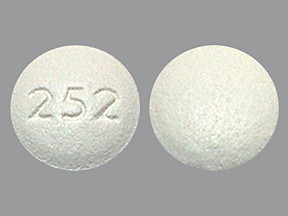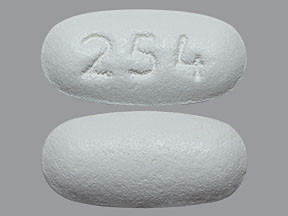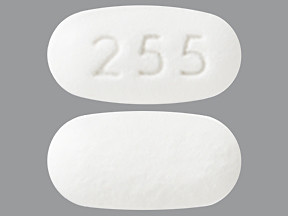PRAMIPEXOLE EXTENDED-RELEASE - ORAL
PHONETIC PRONUNCIATION: (PRAM-i-PEX-ole)
COMMON BRAND NAME(S): Mirapex
GENERIC NAME(S): pramipexole di-HCl
Uses
USES: Pramipexole is used alone or with other medications to treat Parkinson's disease. It can improve your ability to move and can decrease shakiness (tremor), stiffness, slowed movement, and unsteadiness. It may also decrease the number of episodes of not being able to move ("on-off syndrome"). Pramipexole is a dopamine agonist that works by helping to restore the balance of a certain natural substance (dopamine) in the brain.
How to use PRAMIPEXOLE EXTENDED-RELEASE - ORAL
HOW TO USE: Read the Patient Information Leaflet provided by your pharmacist before you start taking pramipexole and each time you get a refill. If you have any questions, consult your doctor or pharmacist. Swallow this medication whole. Do not crush, chew, or break the tablets. Doing so can release all of the drug at once, increasing the risk of side effects. Take this medication by mouth with or without food as directed by your doctor, usually once daily. Taking this medication with food may reduce nausea. To decrease the risk of side effects (such as drowsiness, low blood pressure) when you first start taking pramipexole, your doctor will slowly increase your dosage until the best dose for you is reached. Take this medication as prescribed. The dosage is based on your medical condition and response to treatment. Use this medication regularly in order to get the most benefit from it. To help you remember, take it at the same time each day. Do not increase your dose or take it more often than directed. If you stop taking this medication for several days, you may need to increase your dose slowly back to your previous dosage. Talk with your doctor about how to restart the medication. Do not stop taking this medication without your doctor's approval. Although very unlikely, if you suddenly stop taking this drug, a serious reaction may occur including fever, muscle stiffness, and confusion. Report any such reactions to your doctor right away. If your doctor directs you to stop regular treatment with this drug, gradually reducing the dosage as directed will help prevent such reactions. It may take a few weeks for full effects of this medication to be noticed. Tell your doctor if your symptoms do not improve or if they worsen.
Side Effects
Precautions
Interactions
Overdose
Images

- color
- white
- shape
- round
- imprint
- ER 2, 0.75

- color
- white
- shape
- oblong
- imprint
- ER 3, 1.5

- color
- white
- shape
- oblong
- imprint
- ER 4, 2.25

- color
- white
- shape
- oblong
- imprint
- ER 7, 4.5
Reviews
Faq for PRAMIPEXOLE EXTENDED-RELEASE - ORAL
Pramipexole Extended-Release is used to treat Parkinson's disease and Restless Legs Syndrome (RLS).
Pramipexole Extended-Release works by mimicking the action of dopamine, a neurotransmitter in the brain. It helps to improve muscle control and reduce symptoms of Parkinson's disease and RLS.
Common side effects of Pramipexole Extended-Release may include dizziness, drowsiness, nausea, constipation, and hallucinations. Consult your doctor if you experience any severe or persistent side effects.
Follow your doctor's instructions on how to take Pramipexole Extended-Release. Typically, it is taken orally once daily, either with or without food. Do not crush or chew the tablet; swallow it whole.
It is generally recommended to avoid alcohol while taking Pramipexole Extended-Release, as it may increase the risk of side effects such as drowsiness and dizziness.
Several medications can interact with Pramipexole Extended-Release, including certain antidepressants, antipsychotics, and medications used to treat high blood pressure. Inform your doctor about all the medications you are taking to avoid potential drug interactions.
Disclaimer
IMPORTANT: HOW TO USE THIS INFORMATION: This is a summary and does NOT have all possible information about this product. This information does not assure that this product is safe, effective, or appropriate for you. This information is not individual medical advice and does not substitute for the advice of your health care professional. Always ask your health care professional for complete information about this product and your specific health needs.




No Reviews Yet